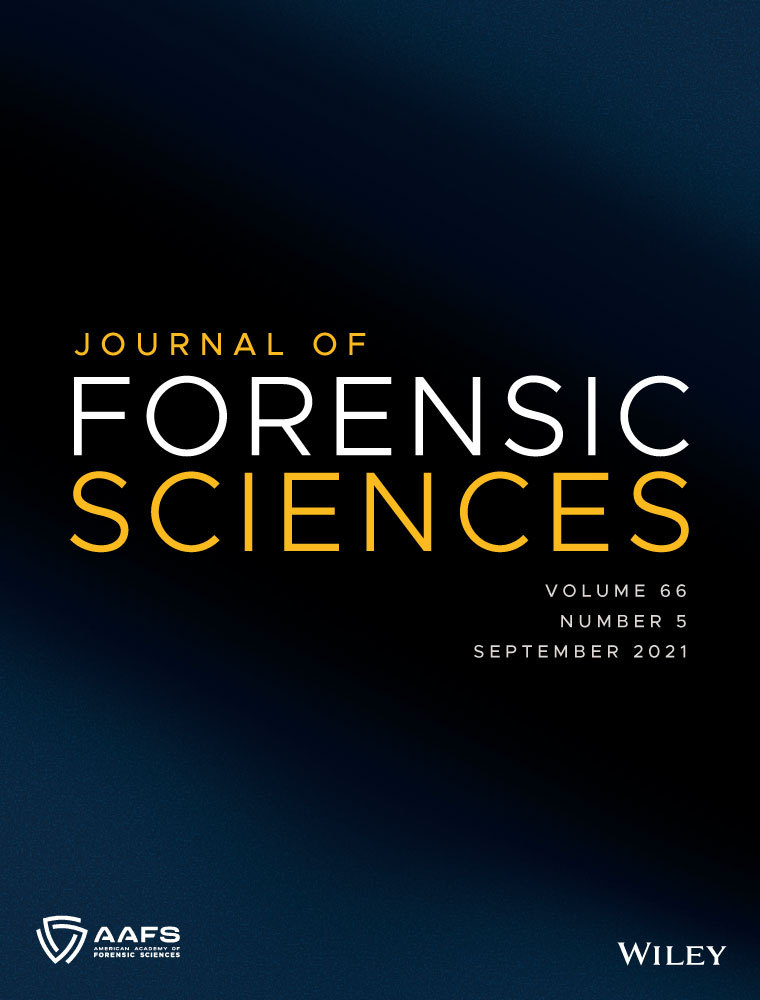Fatal jellyfish envenoming—Pediatric and geographic vulnerabilities
Abstract
Lethal jellyfish envenoming is a very rare event. Two illustrative cases of fatalities following envenomation from the multi-tentacled box jellyfish, Chironex fleckeri, are reported that involved a six-year-old boy and a three-year-old girl, both of whom had been playing in shallow beach waters in remote Northern Territory communities (Australia). A recommended approach to autopsy in suspected cases is described, which should include examination of the clothing and skin surfaces for the fine tentacles of Chironex fleckeri. In addition, the combined length and maximum width of tentacle marks should be measured/calculated and collection of unfixed tentacles with adhesive tape onto a glass slide should be undertaken to check for nematocysts. Such rare cases show that children are at higher risk of a lethal outcome, particularly if they are resident in remote coastal tropical communities.




